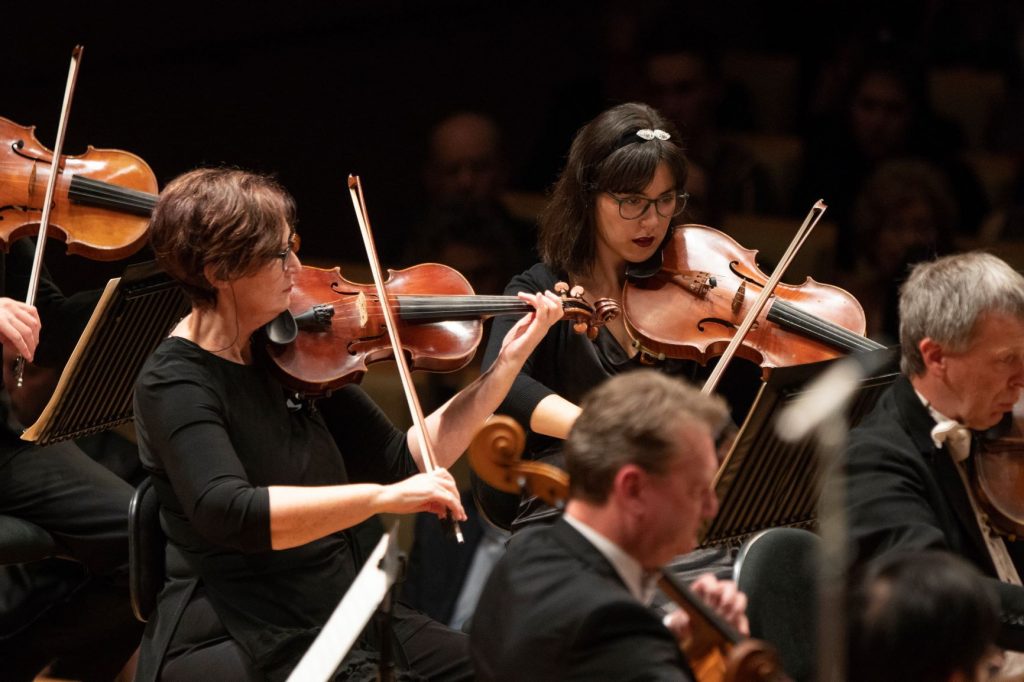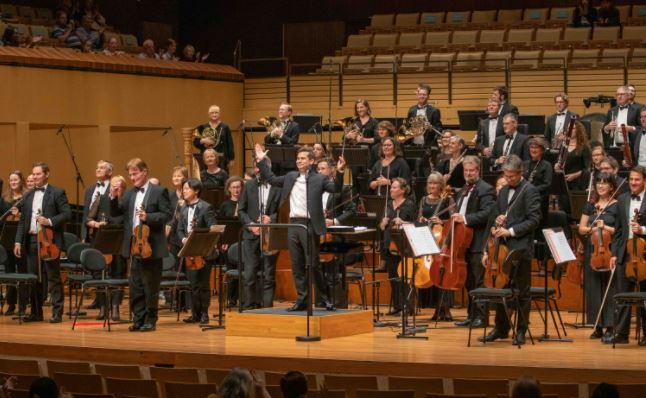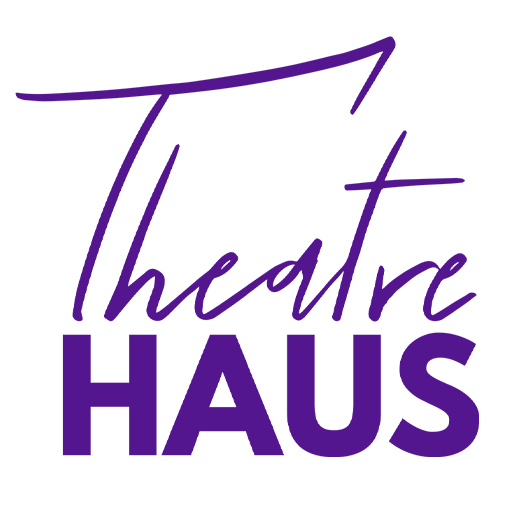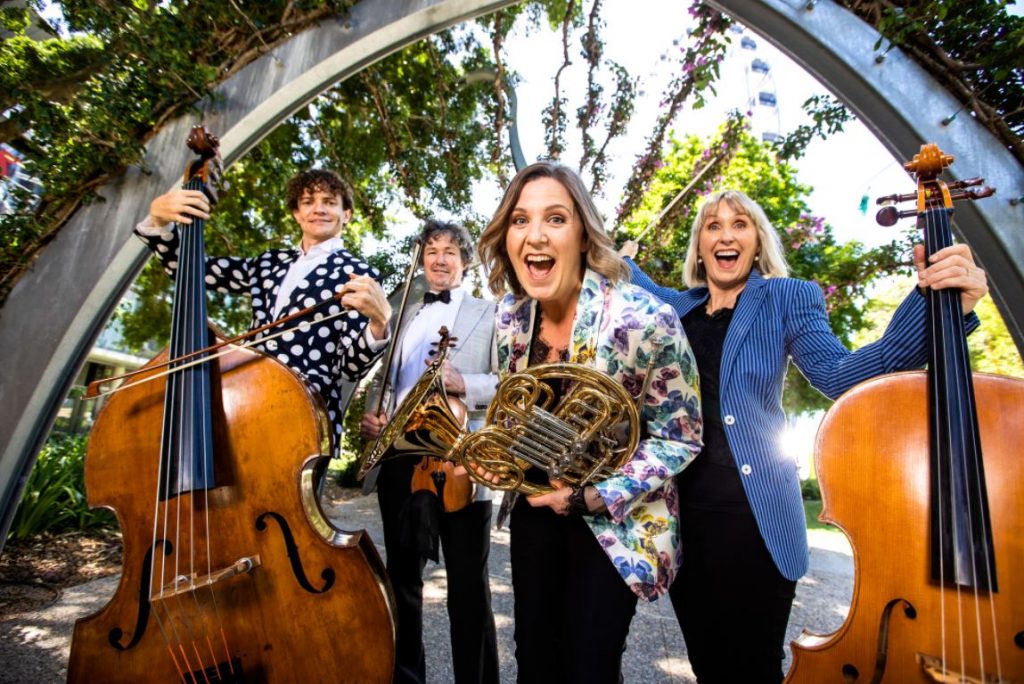
Behind the Scenes of Queensland Symphony Orchestra’s Triumphant Return
Queensland Symphony Orchestra (QSO) has finally returned to the stage after many months of empty concert halls. To celebrate their return, the Company opened their doors to let classical music enthusiasts watch one of their final rehearsals for their gala return concerts of Beethoven’s 5th Symphony and Strauss’ Don Juan.
As I’m sure my fellow musicians will agree, the final rehearsals leading to a concert can be very stressful. Therefore, being able to see how a professional orchestra works through this usually frantic time, in such a relaxed manner might I add, provided some fantastic insight and a behind the scenes glimpse into the life of a musician.
Esteemed QSO Conductor Laureate, Johannes Fritzsch, led the rehearsal by telling viewers what he had been working on with the orchestra in the previous rehearsal and what he had planned for them moving forward. This is an especially important aspect as planning allows for a productive and focused rehearsal. During the hour-long practice, the orchestra worked on the third and fourth movements of Beethoven’s 5th Symphony.
The session began with a run-through of part of the third movement before returning to the beginning to improve the tone quality and articulation. This same process was used throughout the rehearsal, which allowed the musicians to fixate their attention on a single area at a time. This was then followed by playing through the section again – sometimes prior to it – to practice the new articulations, dynamics, etc..
One of the rehearsal techniques I’ve experienced many times is the conductor singing what they want an instrument to sound like. For example, Johannes would sing a few bars to the strings of how he wanted their articulation and dynamics to sound. He would usually accompany this with a gesture he then used during his conducting to remind the musicians of what he wanted.
An essential part of orchestral playing is having clear communication between the conductor and the musicians, as well as the musicians to each other. As the head of the orchestra, Johannes ensured that there was a clear line of communication between sections so that the correct dynamics were observed and specific instruments were heard above or below others. The harmonic relationship between particular instruments was also pointed out, and balance between the rest of the orchestra was identified and improved.

Another large element of communication stems from the conductor and their baton. Johannes’ conducting is clear and concise with the height, size, and style of his movements reflecting the music. In smooth sections of the piece, where volume changes, Johannes’ conducting follows the ebbs and flows of the music. This change in conducting style strengthens the communication between him and the musicians, notably when he directly faces the sections of the orchestra that have an important melodic or harmonic line.
Johannes demonstrated his love of Beethoven by telling us about the German composer and pianists life whilst writing this symphony, specifically his struggle with becoming deaf rapidly and losing his relationships with family and friends. He told us about an alleged tiff between Beethoven and a violinist in the rehearsal of a difficult pizzicato (plucking of the string) violin line in the third movement to which Johannes had the first violins demonstrate the line in question. He spoke about how the trombones do not play at all until the fourth movement and that this is the first time in any of Beethoven’s symphonies that they are included in the orchestra.
The level of familiarity Johannes displays with this piece and Beethoven ‘’makes it a challenge every time’’ – said Johannes during a small interview before the rehearsal. For us as viewers, the background knowledge made us more aware of the man behind the score and how his life at the time impacted his composing. We also received some analysis about the score itself, from the third movement in scherzo and trio form with a strange twist of a fugue to the melodic and harmonic motifs carried throughout the entire work.
Having the opportunity to glimpse backstage into QSO’s rehearsal process was an incredible and educational experience. As someone who has spent a majority of her life as a musician in a choir, band, or orchestra, it was great to see rehearsals from the outside and to really take in the improvements Johannes made. Something I found beneficial was the knowledge we gained about Beethoven whilst writing this symphony and about the symphony itself. This aspect added further value to the rehearsal and provided listeners with a deeper understanding of the music with the ability to then actively pay attention to what Johannes highlighted.
QSO’s open rehearsals provide a wonderful opportunity to people of all ages and musical ability to appreciate and receive insight into the work that goes behind the concerts we know and love. I would highly recommend this experience to see the behind the scenes of an orchestra full of talented and passionate musicians.
Learn more about Queensland Symphony Orchestra and their upcoming concerts via their website.






